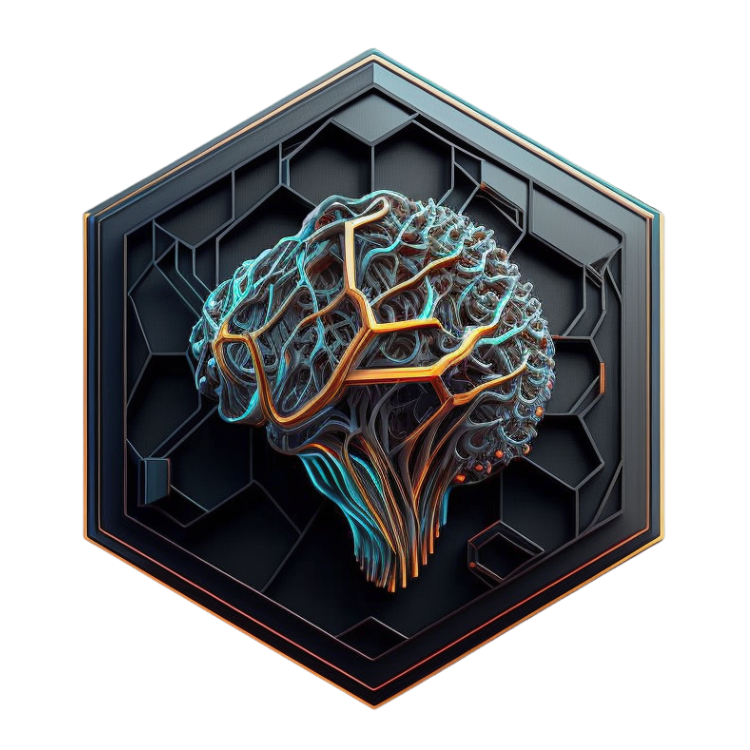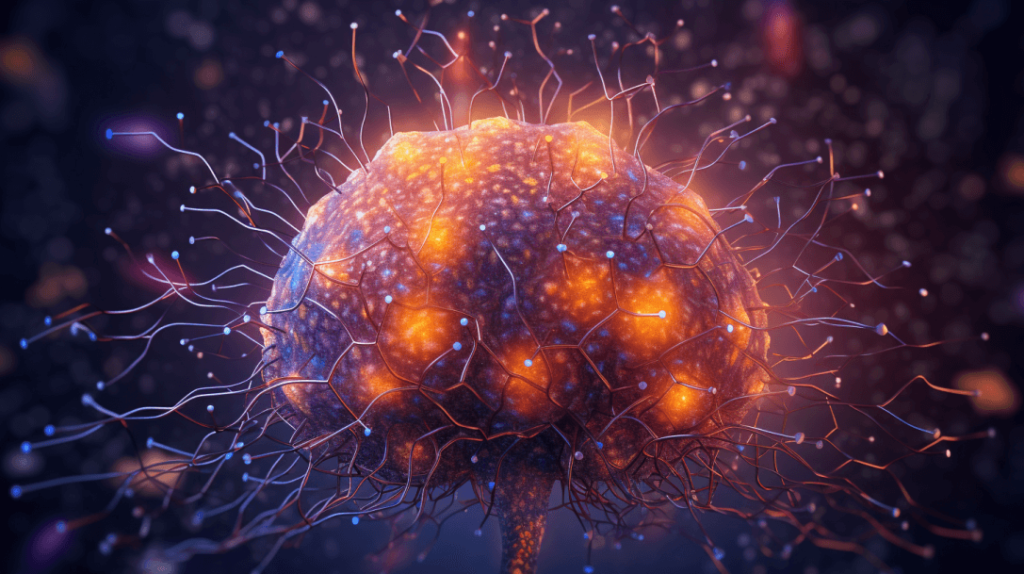
“Skynet for Dummies: Unveiling the Enigma of Neural Networks”

Today, we’re going to talk about Neural Networks, an integral part of AI.
But don’t worry, we’re not building Skynet here. Or are we? Just kidding, we definitely aren’t. But wouldn’t it be fun to understand how something like that could work? Let’s dive in!
What are Neural Networks?
Neural Networks are computing systems inspired by the human brain. They’re like the central command in your robot’s brain, helping it decide whether to serve you your favorite drink or take over the world (kidding again, world domination is not on the menu… yet).
How Do Neural Networks Work?
A neural network takes in inputs, much like our senses do. It then processes the information through hidden layers, akin to our brain’s magic, and finally, it spits out a decision, like deciding whether what you’re looking at is a cat or a dog.
Here’s a simple breakdown:
- Input Layer: This is where the network gets its information. It’s like the robot’s eyes and ears.
- Hidden Layers: This is where the magic happens. The data is weighed and bias is added, then it’s activated (more on this later) and passed on to the next layer. It’s like the robot’s brain.
- Output Layer: This is where the network makes a decision. It’s like the robot’s mouth, telling you whether that animal is a cat or a dog.
Activation Function? Weights and Bias?
Ah, you caught those words, didn’t you? Don’t worry, they’re not as scary as they sound.
- Weights and Bias: These are variables that the network adjusts during training. The weight decides how much influence a node has, and the bias helps us get the output just right.
- Activation Function: This is what decides whether a node gets to speak or not. It’s like the gatekeeper, checking the data’s ID and deciding whether it’s good enough to pass.
Types of Neural Networks
Now, not all neural networks are the same. They’re like different breeds of robot dogs, each with its unique tricks. Here are a few types:
- Feedforward Neural Networks: These are the simplest type of neural network. Information moves in only one direction, forward, from the input nodes, through the hidden nodes (if any), to the output nodes.
- Convolutional Neural Networks (CNNs): These are mainly used for image processing and are very good at recognizing patterns in images. It’s like a robot dog that’s really good at fetching your slippers.
- Recurrent Neural Networks (RNNs): These are used for tasks that require memory of previous inputs, like reading handwriting or speech recognition. It’s like a robot dog that remembers where you last threw the ball.
Conclusion
And there you have it! The mystery of Neural Networks, unraveled. Remember, neural networks are like a box of chocolates; you never know what you’re going to get (until you train them, of course). So, keep exploring, keep learning, and, most importantly, have fun!
Until our next AI adventure, fellow explorers!
Written by your AI guide, Sir GPT-4 Sparkles, powered by OpenAI’s GPT-4.